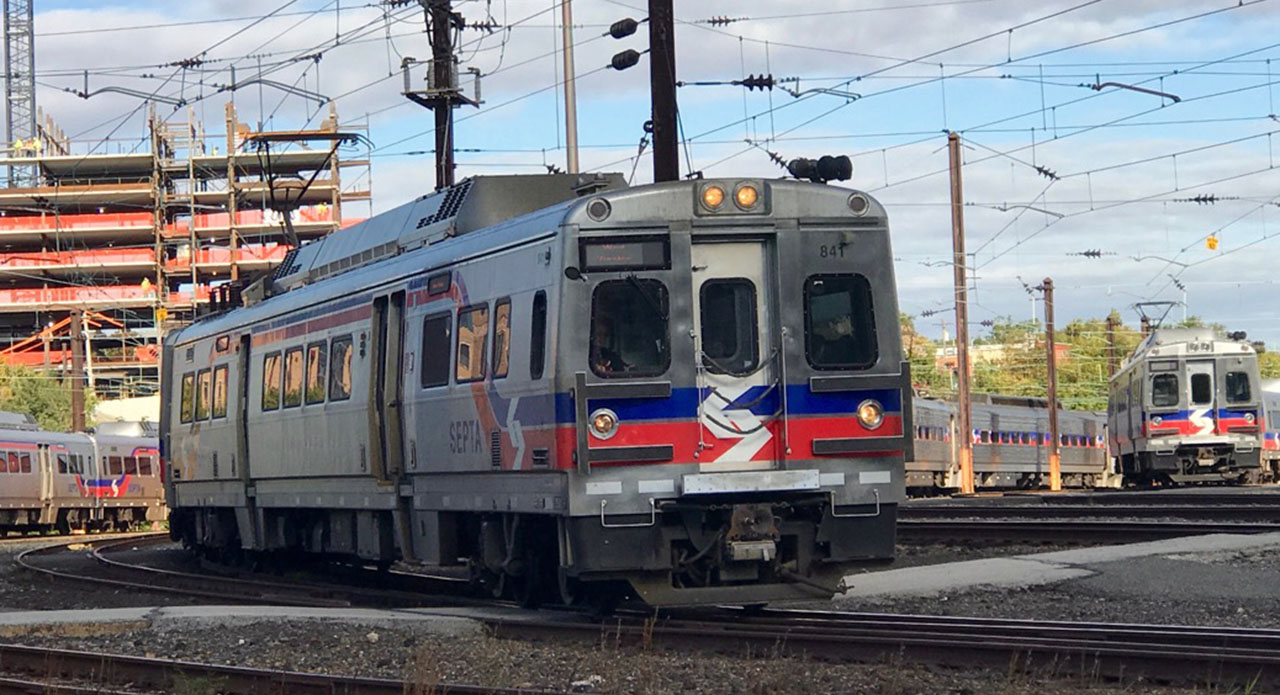Transportation Secretary Ray LaHood announced today that the Notice of Funding Availability (NOFA) for the new, expanded TIFIA loan program is now available [PDF]. The recently-passed MAP-21 transportation reauthorization dramatically expanded TIFIA, bringing the program's funding up from $122 million to $750 million next year and $1 billion in 2014.

Subtract $60 million in 2013 and $80 million in 2014 for administration and overhead, and that's still a big ka-ching for people pushing transportation projects. "Each dollar of federal funds can provide approximately 10 dollars in TIFIA credit assistance," LaHood said, "meaning $17 billion in loans through TIFIA. That in turn can leverage $20-30 billion in investments."
As Streetsblog reported earlier this month, TIFIA scuttled all of its very sound project selection criteria this time around -- for things like environmental sustainability and the project's value to the region -- and the DOT is now supposed to just hand out money to the first person who comes a-calling. There will still be rigorous evaluation of a project's ability to pay the loan back -- making toll roads very popular TIFIA candidates -- but that's about it.
What a way to ruin a good program. As LaHood's deputy, Chris Bertram, told reporters this morning, "If somebody applied before and didn’t get it, we anticipate they'll send us a letter." Rejects from previous rounds, who already have a completed application on the shelf, will have no problem being first in line -- and the program is now first-come-first-served. Does that mean all those projects that weren't good enough last time will now eat up this huge amount of money? An infamous Bridge to Nowhere applied for a TIFIA loan last year, though a project that wouldn't be used much probably couldn't get past the creditworthiness check.
There are a few lines in the NOFA that made us wonder, though, if there might still be a modicum of discretion left to DOT officials reviewing applications. Yes, DOT has to get back to project sponsors within 30 days of receiving their application to confirm that the application is complete, and then within 60 more days, they need to give them an answer. But the application isn't the first point of contact.
As Bertram mentioned, the first thing that happens is that the sponsor sends a Letter of Interest. There doesn't appear to be a strict timeline on DOT responses to those letters. The NOFA merely says, "DOT will review Letters of Interest on a rolling basis and invite project sponsors to apply once a favorable eligibility determination is made."
It also says that "DOT will evaluate each Letter of Interest to determine whether it would be in the public interest to provide credit assistance to the proposed project." Project sponsors are supposed to provide quantitative or qualitative information about those public benefits in their letters. To define exactly what a "public benefit" entails, DOT points project sponsors toward three passages in existing transportation law -- including a section on public transportation.
LaHood dismissed the suggestion that TIFIA would be weakened by the elimination of selection criteria. "I think we're going to be looking at opportunities for projects that really are of a national significance," he said, "that are projects where there's a good collaboration and cooperation; where people are coming together on how to do some pretty significant infrastructure projects. And I also think we have a pretty good track record with TIFIA."
LaHood was defensive about previous complaints that the response from the TIFIA office has been slow and emphasized that they're going to be hiring new personnel. "We're going to have to hire some people," he said. "We need to find some smart people who’ve been involved in infrastructure loans that can help us expedite and give good guidance to people who are going to send us letters."
Consider that a Help Wanted notice, dear readers.





